Of today’s 911s, the Carrera T is the sure-fire future classic
It’s not often I nominate a brand-new car as a future classic. Usually a car’s potential becomes more visible with a little age and a few years off-sale to allow its contribution to be assessed with a little hindsight and its position in the natural order of things to become apparent. But just occasionally, it’s pretty obvious from the go. The Carrera T is one of those cases.
Now, when the talk is of future classics in general and the eligibility or otherwise of a Porsche 911, it would be too easy by far simply to nominate a GT3 RS or some other slice of automotive esoterica from the 911 stable. But that would be a trifle obvious and perhaps a little less interesting as a result. So in fact I’m going to the completely other end of the range and suggesting one of the cheaper models from the current range: the 911 Carrera T.
For those of you not completely au fait with the dizzying number of 911 variants, the T is meant to be the slightly more sporting yet still (relatively) affordable one. This is at stark variance to the mission of the original 911T of the 1960s, which was merely a detuned bottom of the range model with all its good bits removed—fifth gear, antiroll bars, crankshaft counterweights, alloy pistons, internal brake ventilation, and so on—for customers who couldn’t afford the real deal.
The modern 911 Carrera T made its debut in 2017 as a run-out special for the previous, 991 generation of 911 before it was replaced by the current 992 series. That T was pleasant enough but, looks aside, was nothing you could not have created from ticking the right boxes on the options list. However, when Porsche launched the 992, it did so without making a manual gearbox even an option on the base Carrera model. If you wanted three pedals in your footwell, you had to buy a Carrera S. It seemed a strange decision at the time, but now we know why: Porsche was saving up for the Carrera T.
So what we have here is a 911 with the standard Carrera engine and also a seven-speed manual gearbox. That is not all by any means. The specification also adds active-damping sports suspension, sports exhaust, a limited-slip differential, and thin glass while removing a load of sound deadening and the rear seats (which can be optioned back in, free of charge) to make this the lightest 911 this side of a GT3. On the T, four-wheel steering becomes an option (and a highly desirable one too); the system cannot be had on a normal Carrera for any amount of money.
It is entirely true (and perhaps a little cynical) that Porsche deliberately omitted the manual gearbox from the standard Carrera spec from the outset so it could give the T a unique selling proposition, but when the result is a car this good, it’s not hard to find forgiveness.
What’s so great about the T? It’s something that 911 bores like me have banged on about for decades. So often when the subject is the world’s greatest sports car, the best versions are among the simplest and least unaffordable, just nicely specified with a small number of choice upgrades to really bring out the best of the model.
Which is precisely what we have here. You feel the benefits at once. The car is over 500 pounds lighter than certain other 911s, conferring a feel and agility you cannot synthesize. Because the engine is not required to produce much turbo boost, it can flatten out its torque curve over a wider area, so while it might not ultimately kick as hard as some of its stablemates, the engine’s performance potential is easier to access. And there’s less turbo lag too, which means better throttle response. With the sports exhaust, it sounds brilliant too.
But even this does not readily explain why the Carrera T is such a joy to drive. The answer to that lies in another quirk more commonly seen in the 911 than in any other model of car of which I am aware. Somehow this new standard specification, together with the optional four-wheel steering just comes together to create something that gels extraordinarily well, like a chef taking some high-quality but otherwise unremarkable ingredients and combining them in a way and into a form that puts magic on your plate.
For however good it looks on paper, in reality the 911 Carrera T is better still, to the point that it leaves you wondering why on earth you’d spend any more on any other 911 until you reach the realm of the specialist versions like the GT3. The Carrera T really is that good, and as surefire a future classic as you’ll find among the “normal” 911s on sale today.
***
Check out the Hagerty Media homepage so you don’t miss a single story, or better yet, bookmark it. To get our best stories delivered right to your inbox, subscribe to our newsletters.

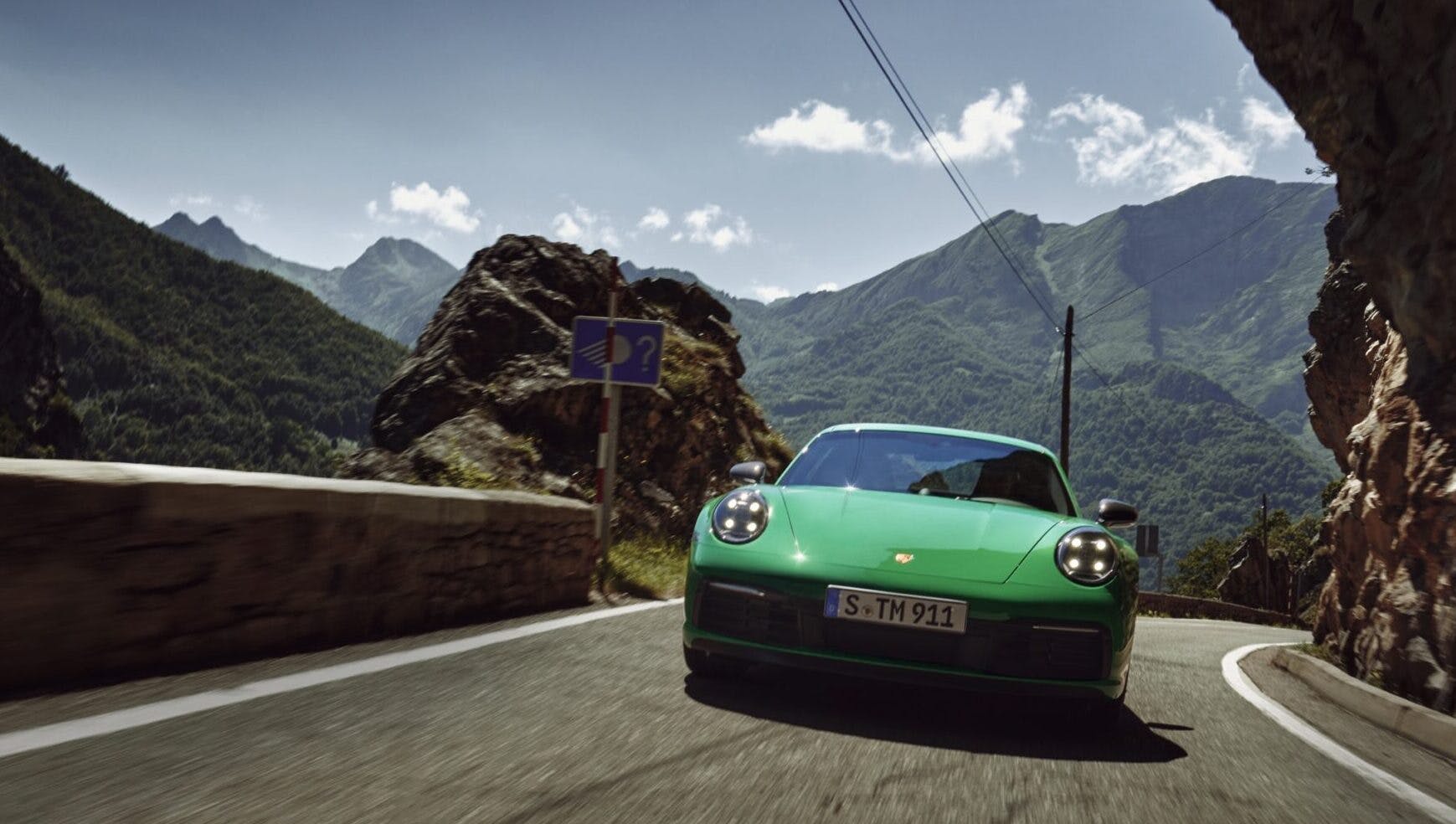
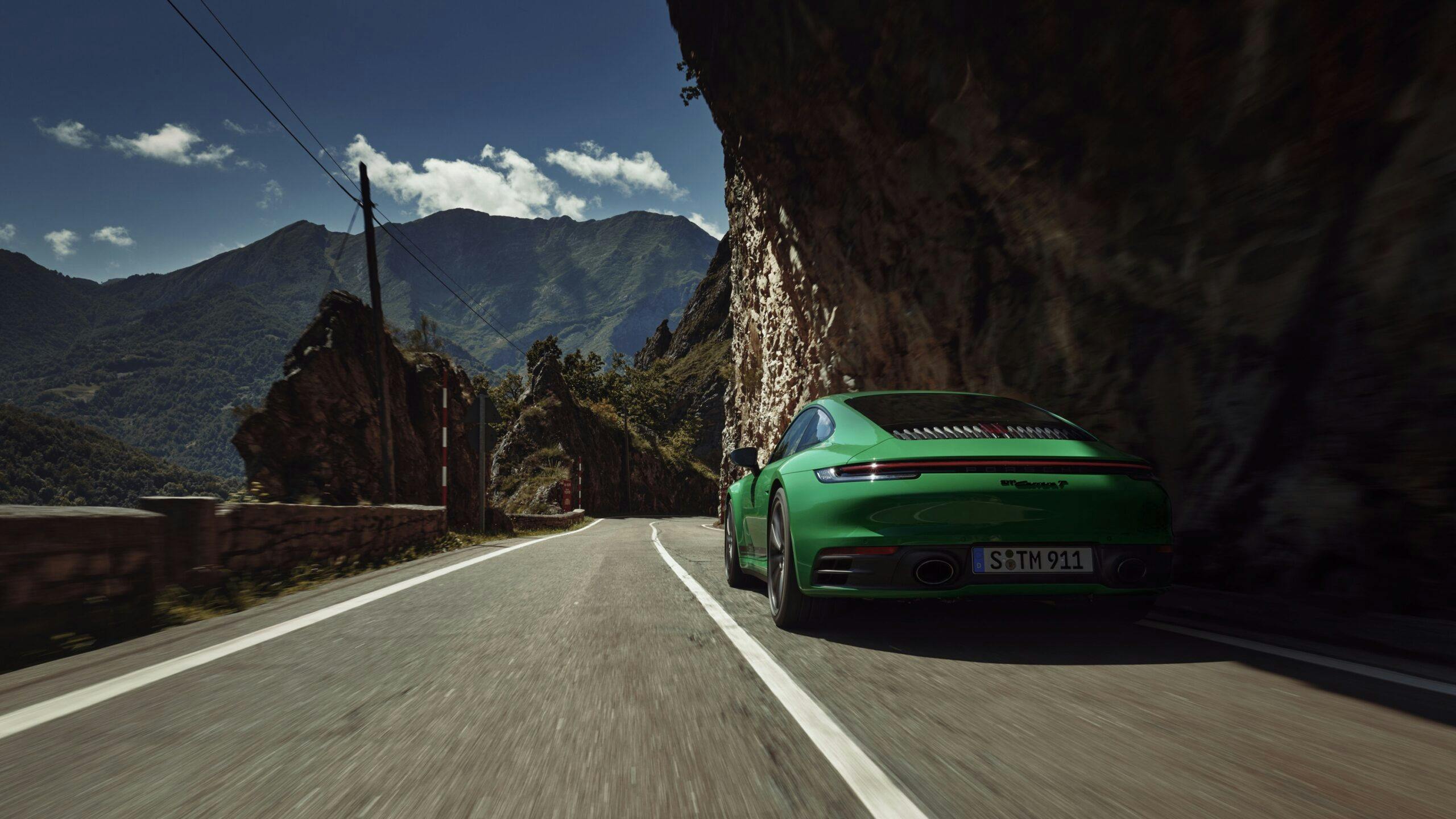

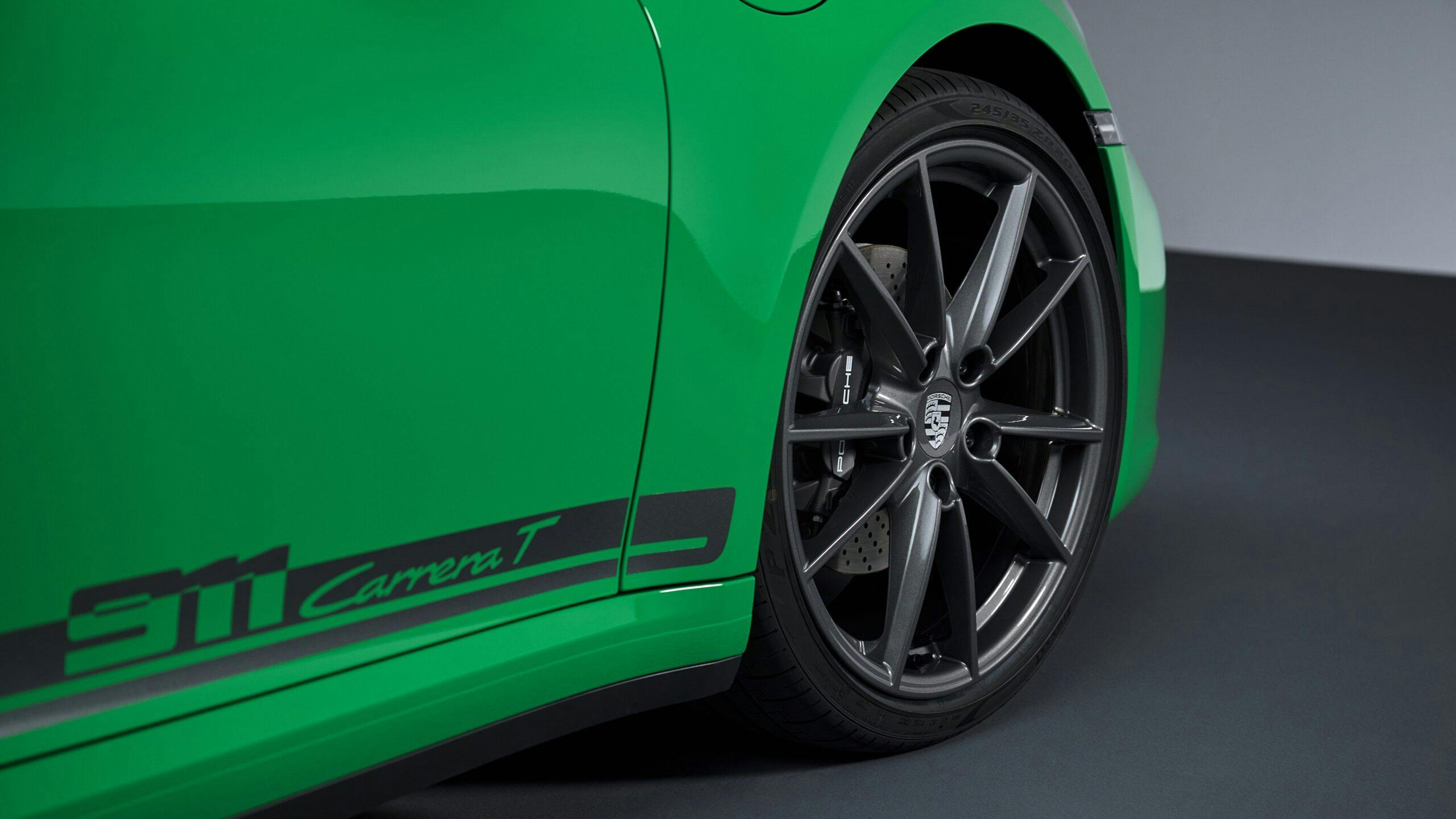
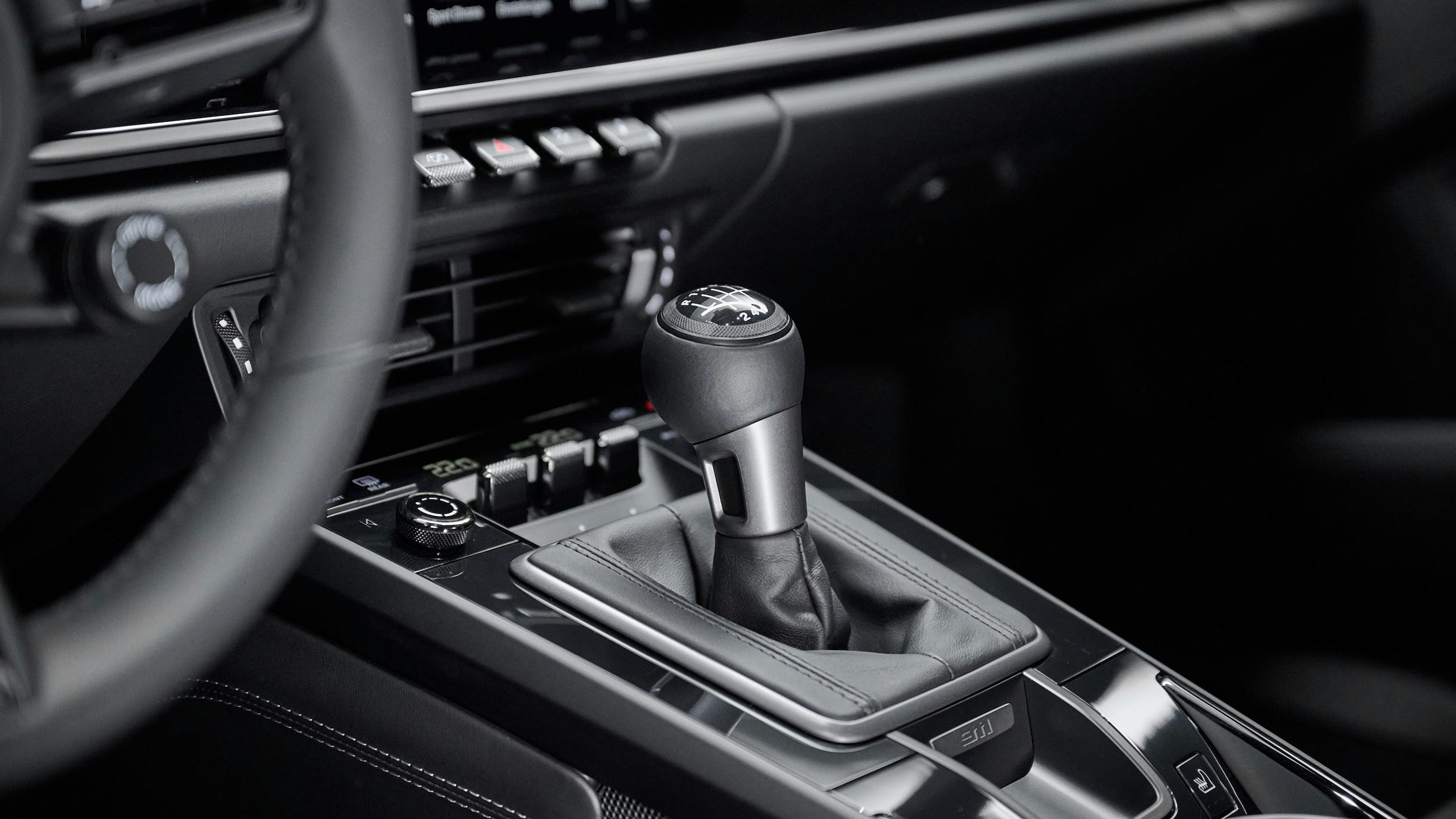
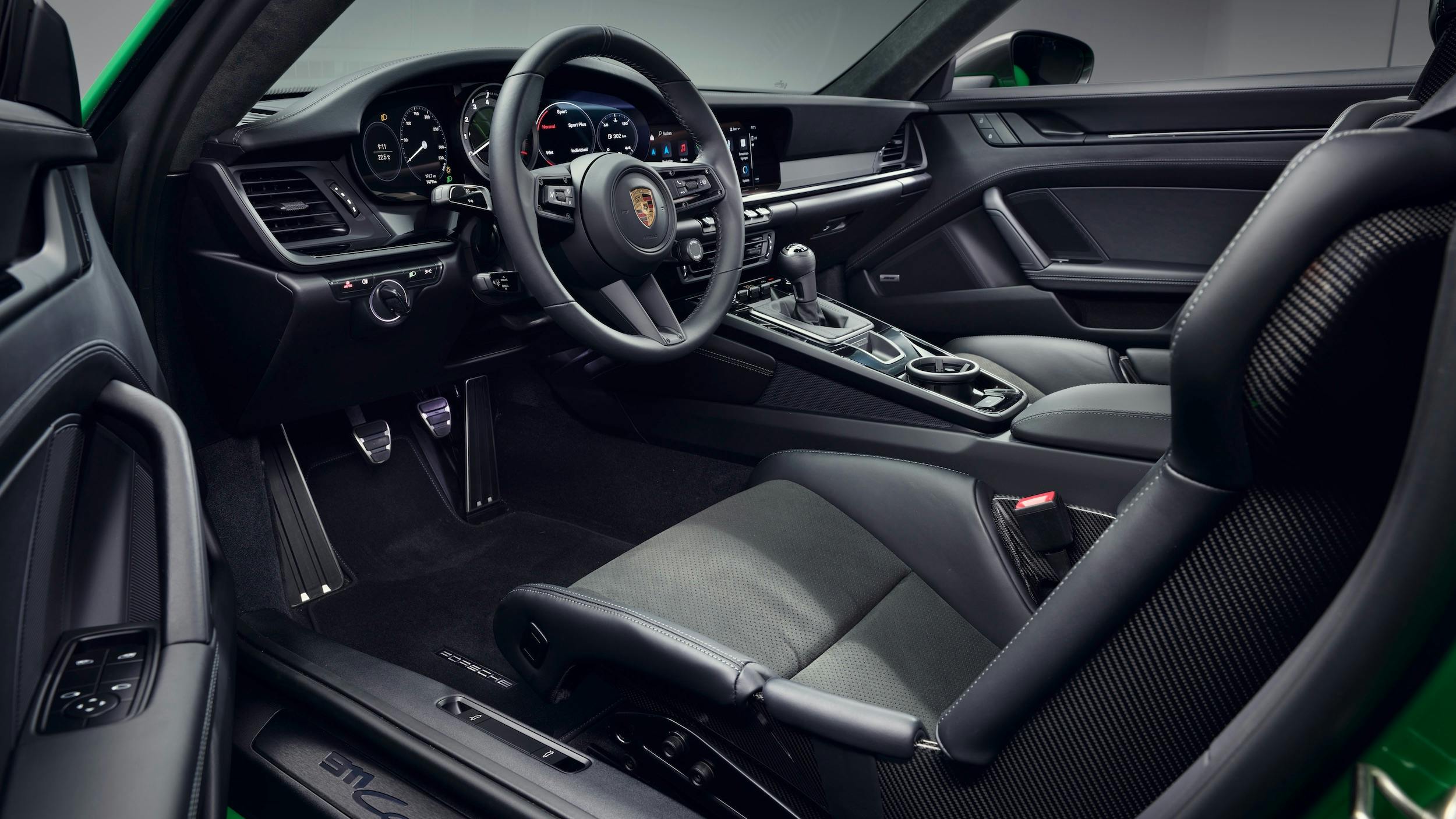
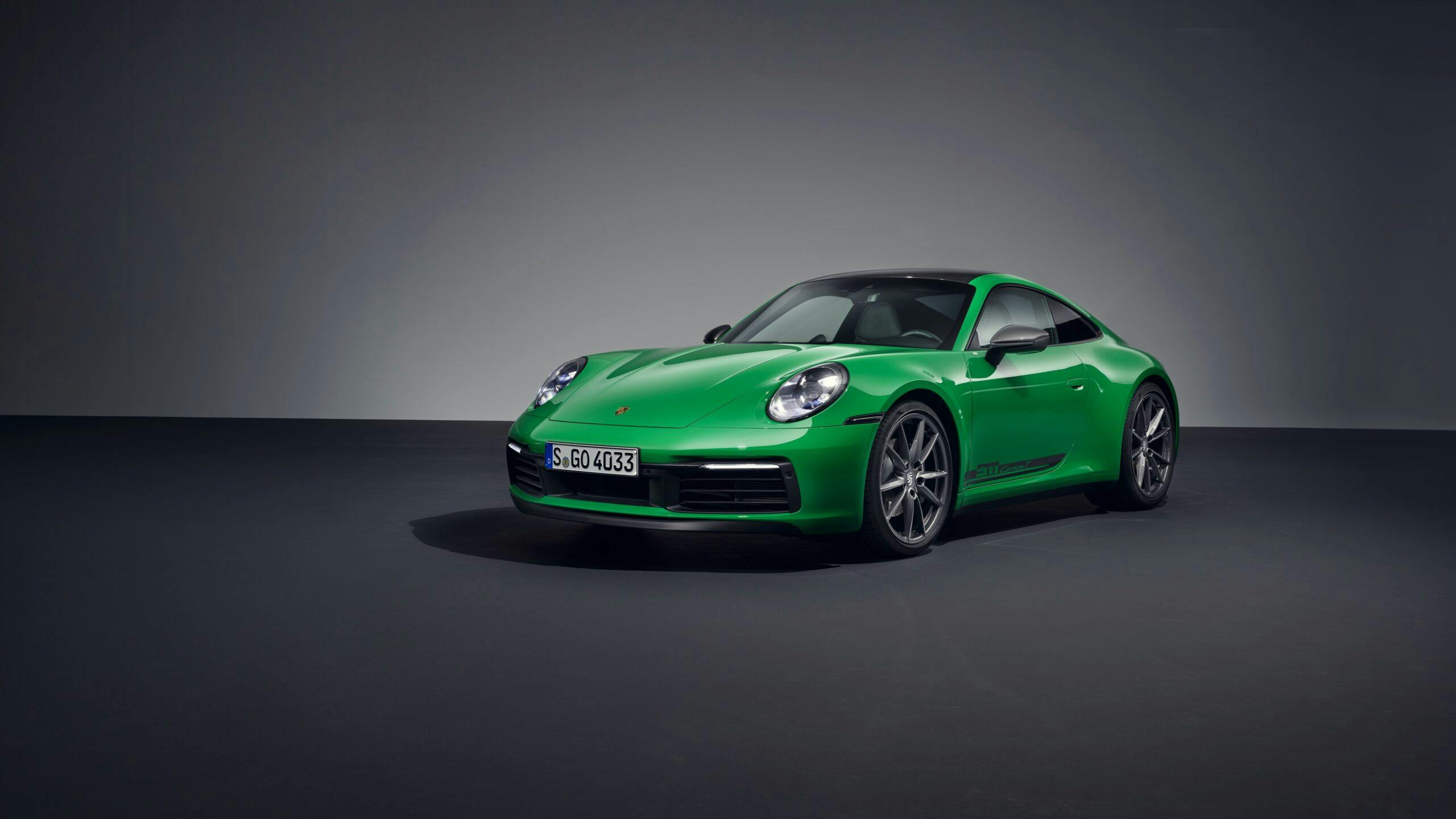
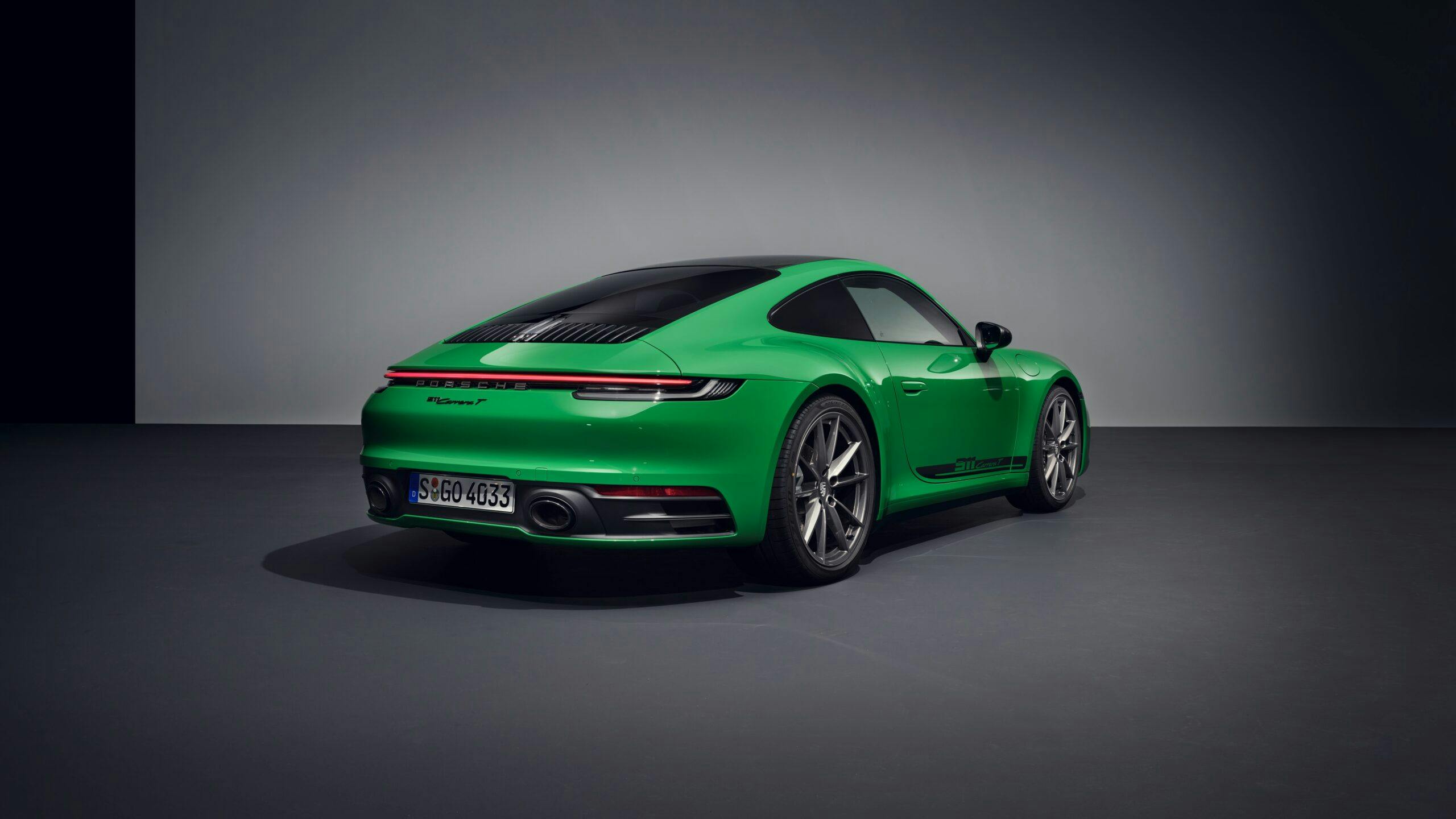
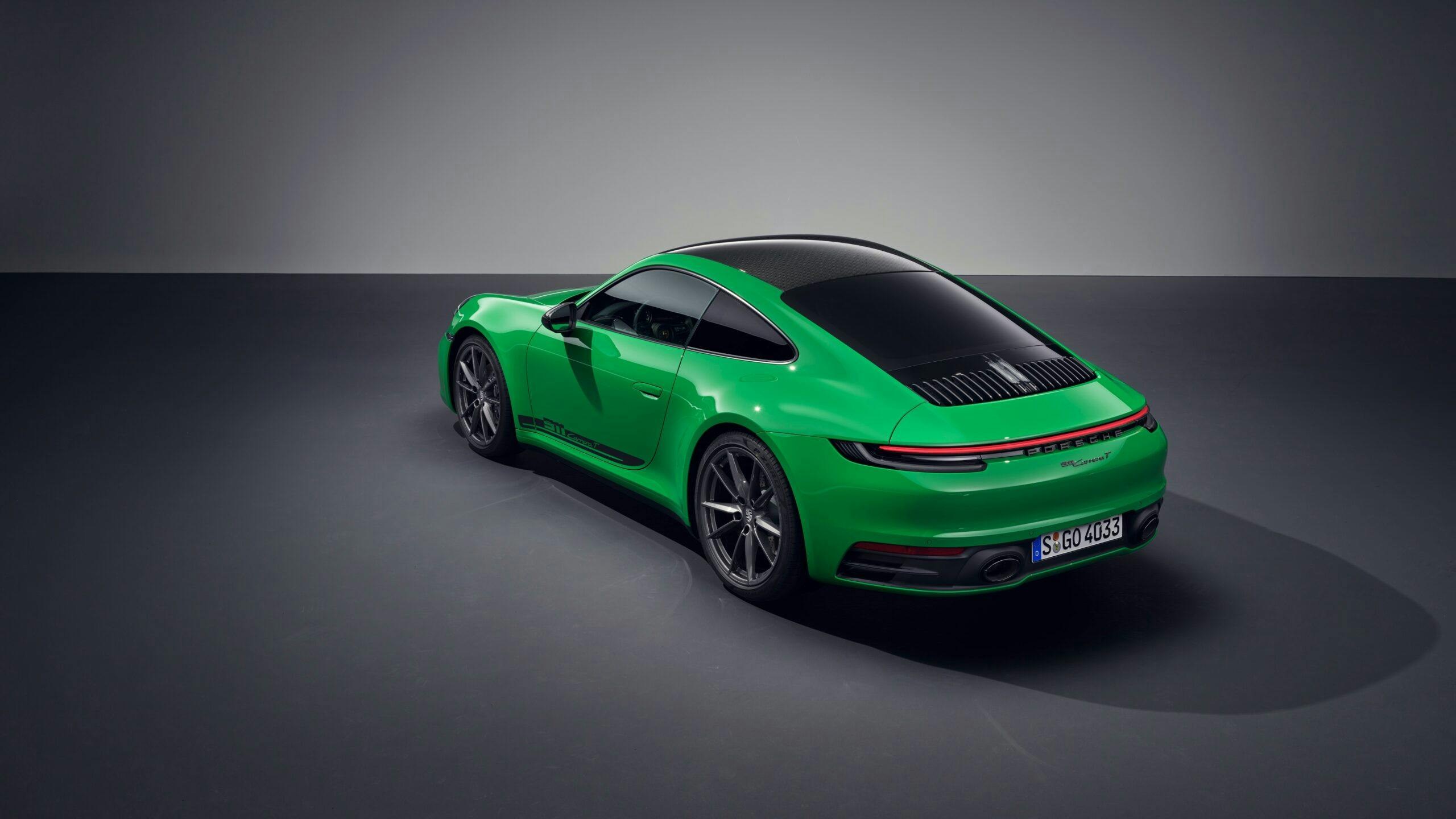

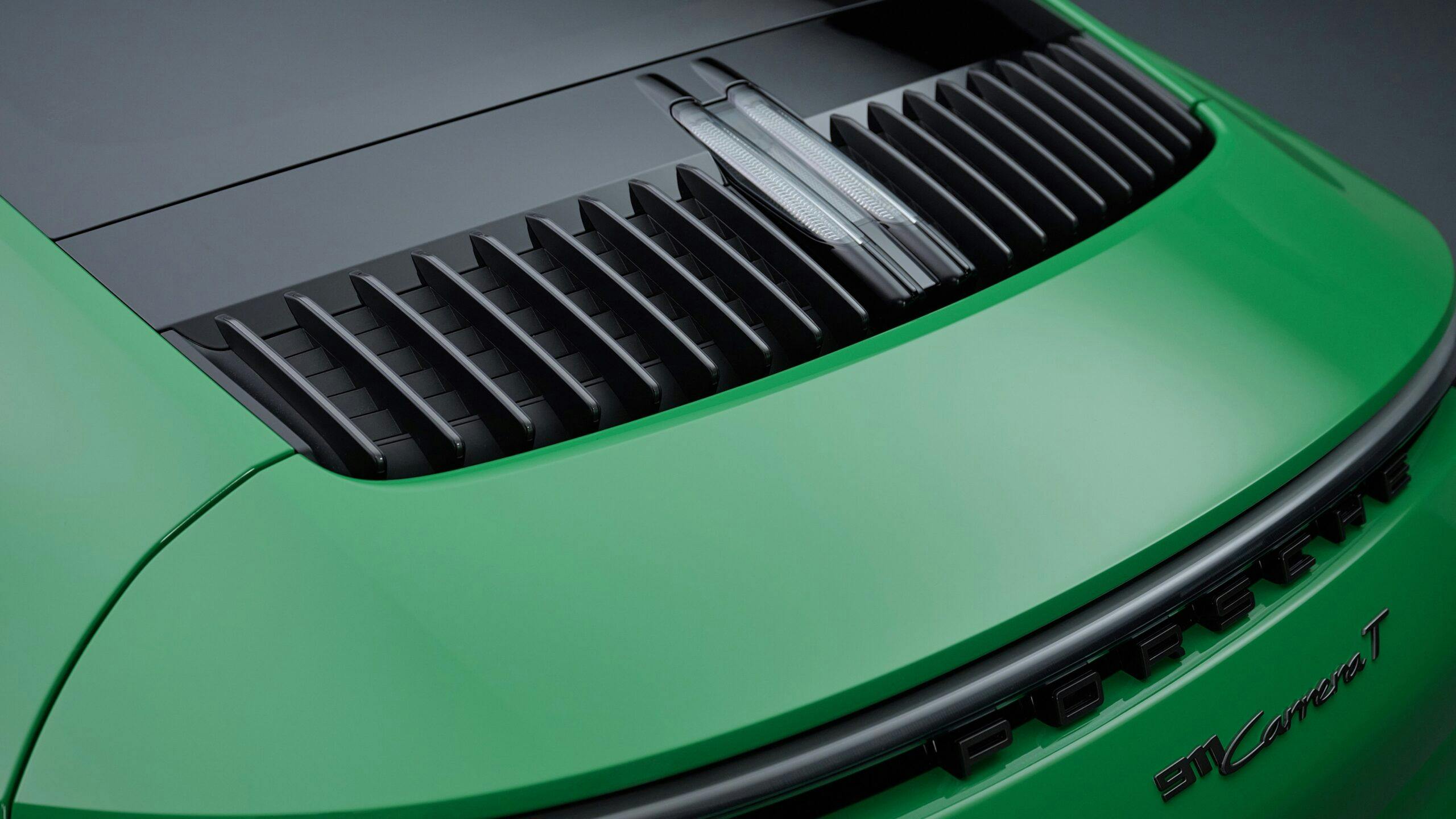



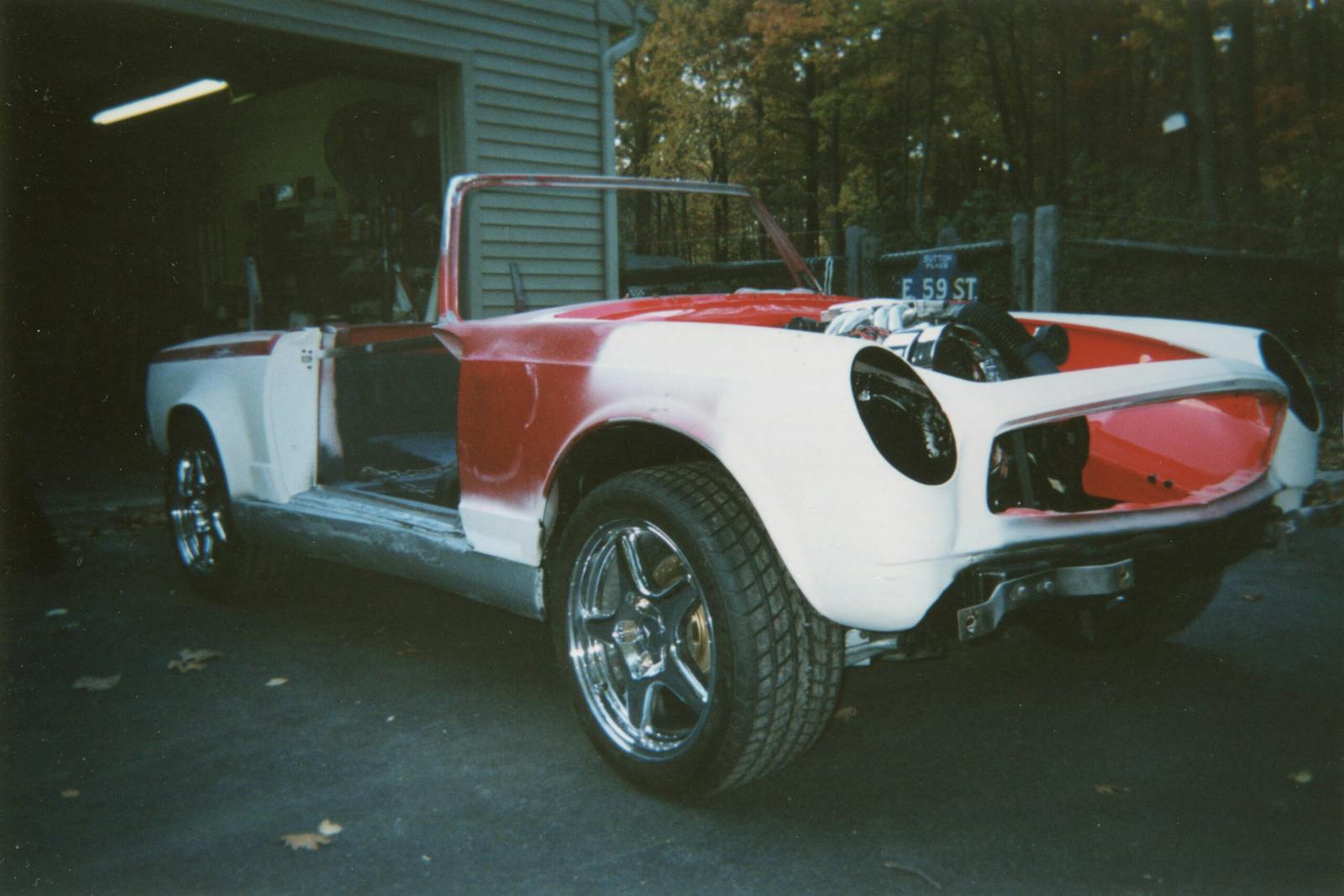
“That T was pleasant enough but, looks aside, was nothing you could not have created from ticking the right boxes on the options list.”
This is completely incorrect. There were many sporting options, as well as unique features, on the 991.2 Carrera T that you could not get with the base Carrera.
Andrew lost the plot on this one.
Totally agree!!
Agree. And the last of the narrow body 911s.
100% agree, author is way off.
The light weight glass alone was only available on the 991.2 Carrera T and the GT3 RS.
Even the 991.2 GT3 didn’t have the light weight side & rear glass.
It was also the last narrow body and the lightest 991.2 generation 911 made, including again the GT3 & GT3 RS.
Car for car the 991.2 generation is lighter than the equivalent 992.1 car.
The 992 Carrera T is something Over 100+ lbs. heavier than the 991.2.
Also all 992’s have the same size turbos, just different boost ramps & pressures (via software)
The 991.2 Carrera T actually had smaller turbos that spun up faster and thus created a more naturally aspirated like driving experience while still having excellent low end torque that the 991.1 lacked.
If any Carrera T is a future classic, its the 2018 & 2019 991.2 Carrera T.
They also made more 991.2 GT3’s than 991.2 Carrera T’s, which also makes them rare for a regular production 911.
I believe they sent approximately 800 to North America.
It’s second only to a 991.2 GT3 Touring or 991.1 911 R and was found to be more nimble in the Alps and better on tight and twisty turns. It also lost nearly no power at altitude, unlike the NA cars that really needed to be wound out more than usual to make power.
I could go on and on…
It’s a 911 with a manual. Of course it’s going to be considered a classic.